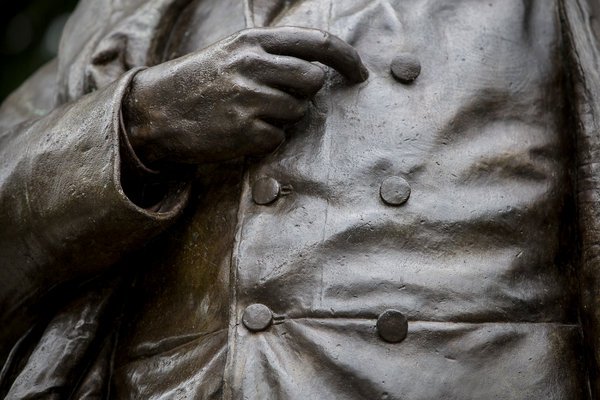Eric Foner writes:
 Edu Bayer for The New York Times
Edu Bayer for The New York Times
“If the issue were simply heritage, why are there no statues of Lt. Gen. James Longstreet, one of Gen. Robert E. Lee’s key lieutenants? Not because of poor generalship; indeed, Longstreet warned Lee against undertaking Pickett’s Charge, which ended the battle of Gettysburg. Longstreet’s crime came after the Civil War: He endorsed black male suffrage and commanded the Metropolitan Police of New Orleans, which in 1874 engaged in armed combat with white supremacists seeking to seize control of the state government. Longstreet is not a symbol of white supremacy; therefore he was largely ineligible for commemoration by those who long controlled public memory in the South.
“As all historians know, forgetting is as essential to public understandings of history as remembering. Confederate statues do not simply commemorate “our” history, as the president declared. They honor one part of our past. Where are the statues in the former slave states honoring the very large part of the Southern population (beginning with the four million slaves) that sided with the Union rather than the Confederacy? Where are the monuments to the victims of slavery or to the hundreds of black lawmakers who during Reconstruction served in positions ranging from United States senator to justice of the peace to school board official? Excluding blacks from historical recognition has been the other side of the coin of glorifying the Confederacy.”
Read: Confederate Statues and ‘Our’ History https://nyti.ms/2vfcmb0
Advertisements Share this:




